“What was most powerful about the Maker Ed Summer Institute was the immersion into making and the insertion of cultural considerations to create a safe, inclusive learning environment.”
In order to reflect on how culture impacts our learners, we started Day Three of our Summer Institute by asking participants to consider their own cultural roots through Zaretta Hammond’s representation of the culture tree. Based on this reading and our equity session on Day Two, participants created a physical representation of their own culture trees and reflected on the ways the three levels of culture showed up in their learning environment.
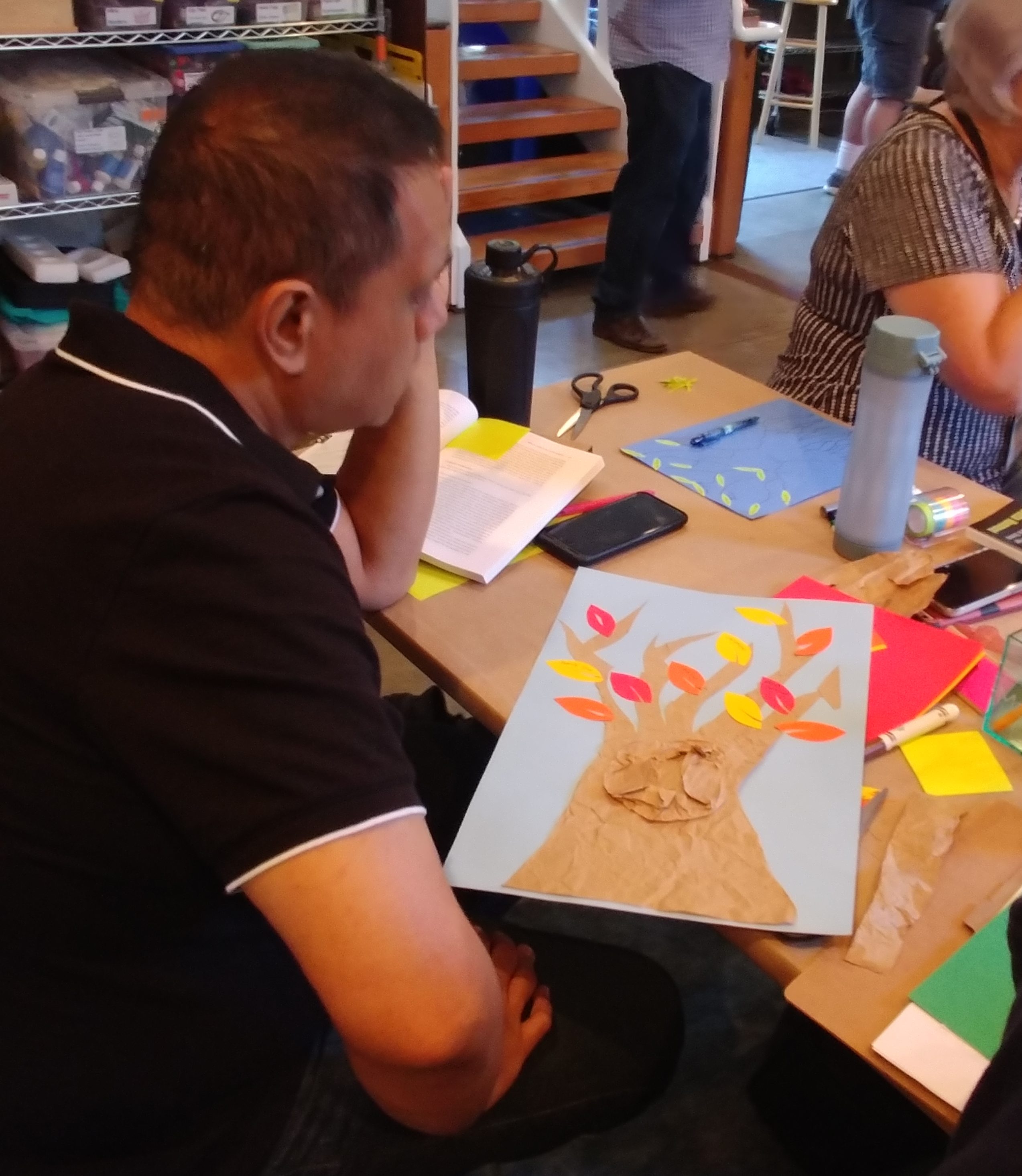
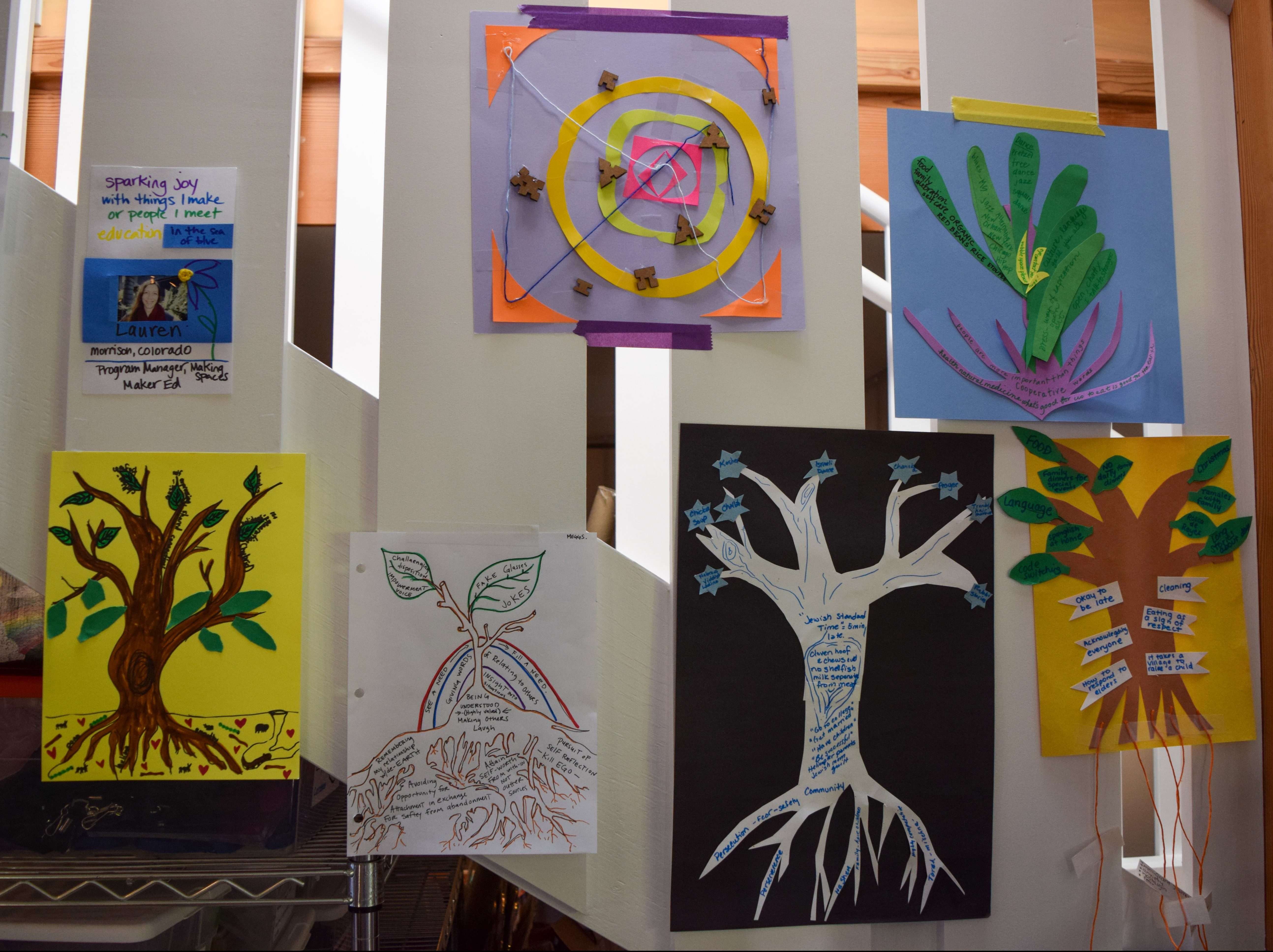
Afterwards, participants split up into their Learning Strands again: Program Development & Planning, Activity/Curriculum Design & Facilitation, or Assessment & Evaluation. In the Curriculum strand, we introduced a third approach to curriculum integration, the Application Project. For this activity, we integrated math content with cardboard linkages. Participants created a cardboard linkage creature and then measured and described the ratio relationship of the motion of their linkage. After a third cycle of reflection, participants compared the three approaches they experienced on Day Two and Day Three and discussed each one’s purpose.
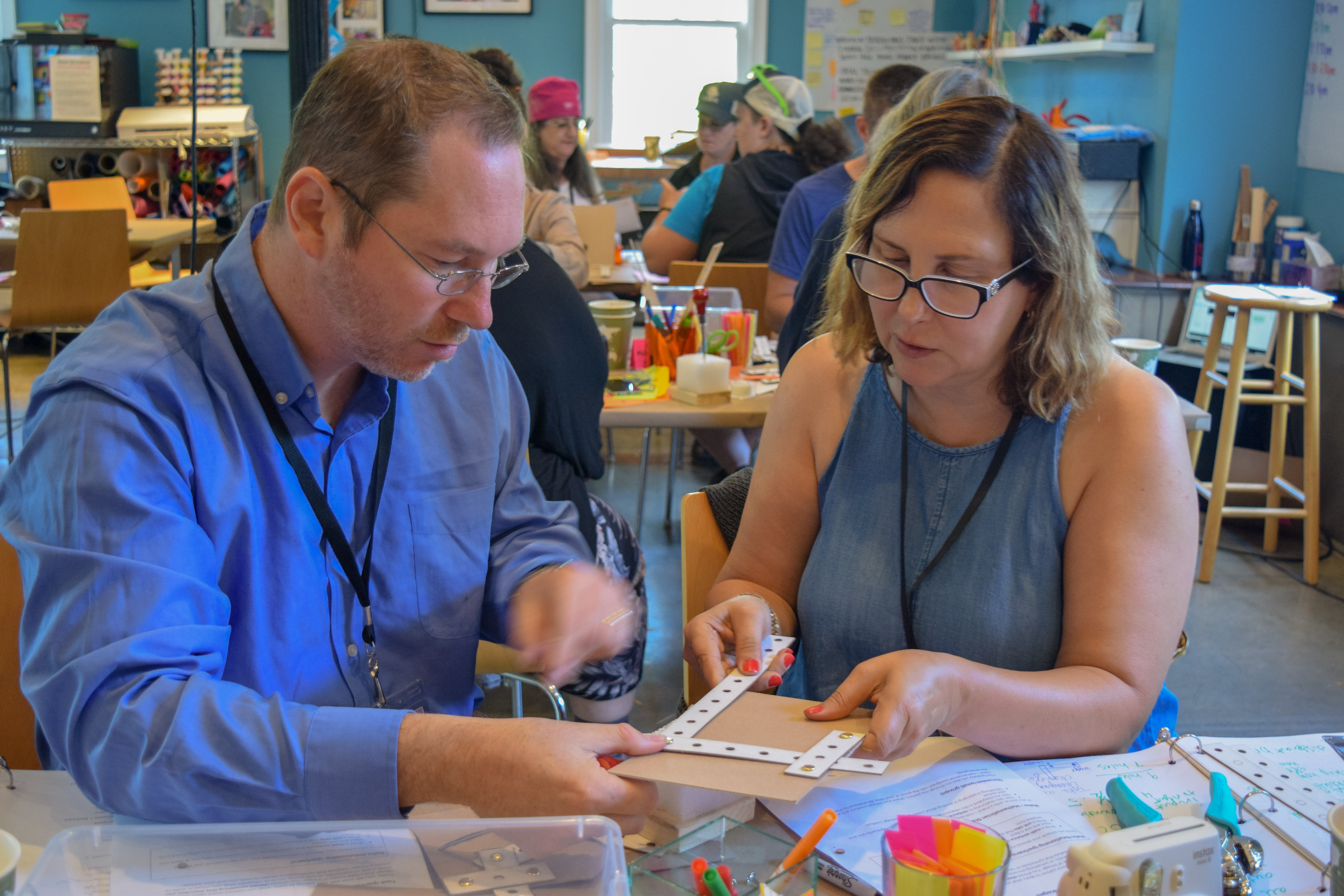

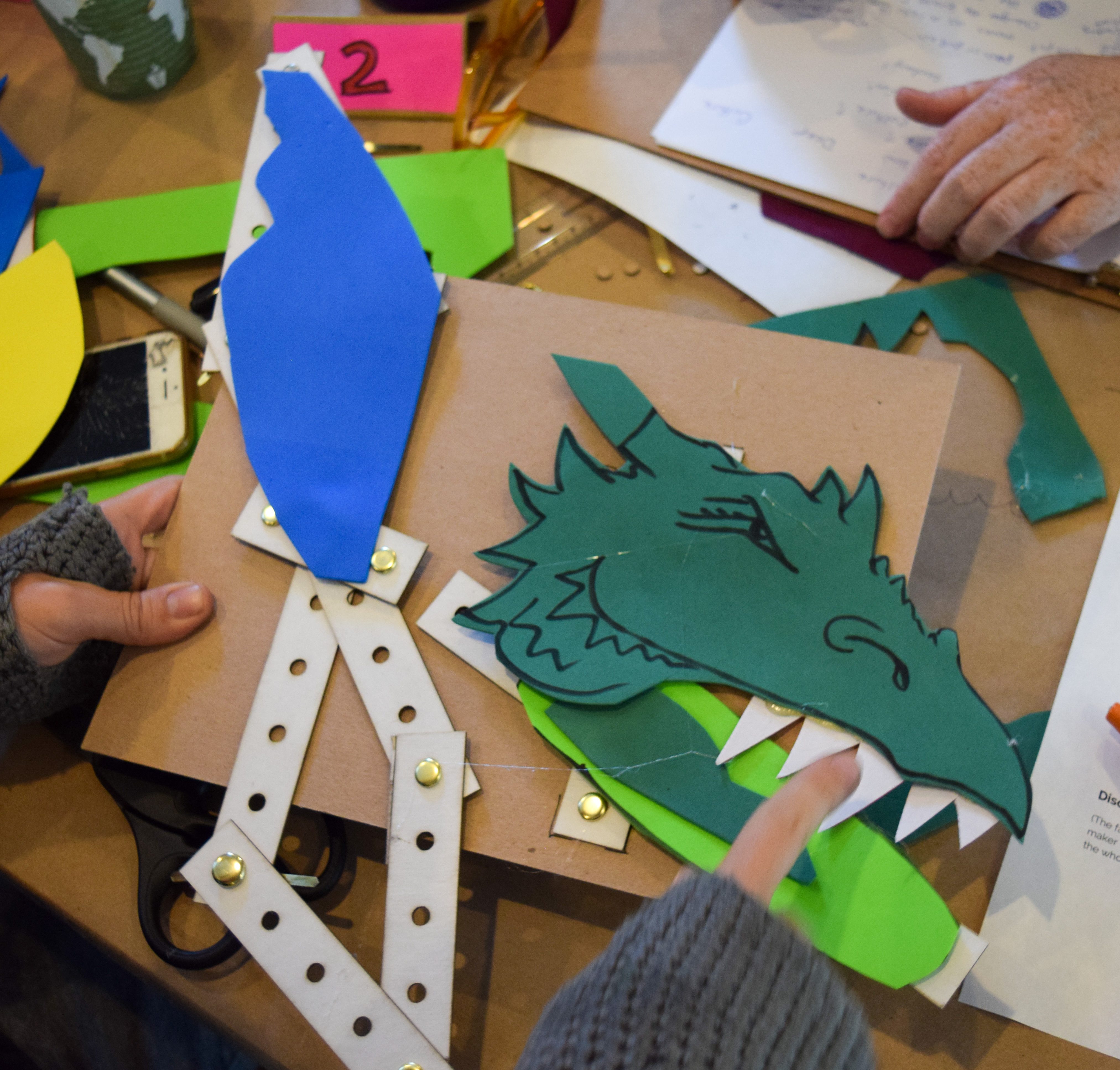
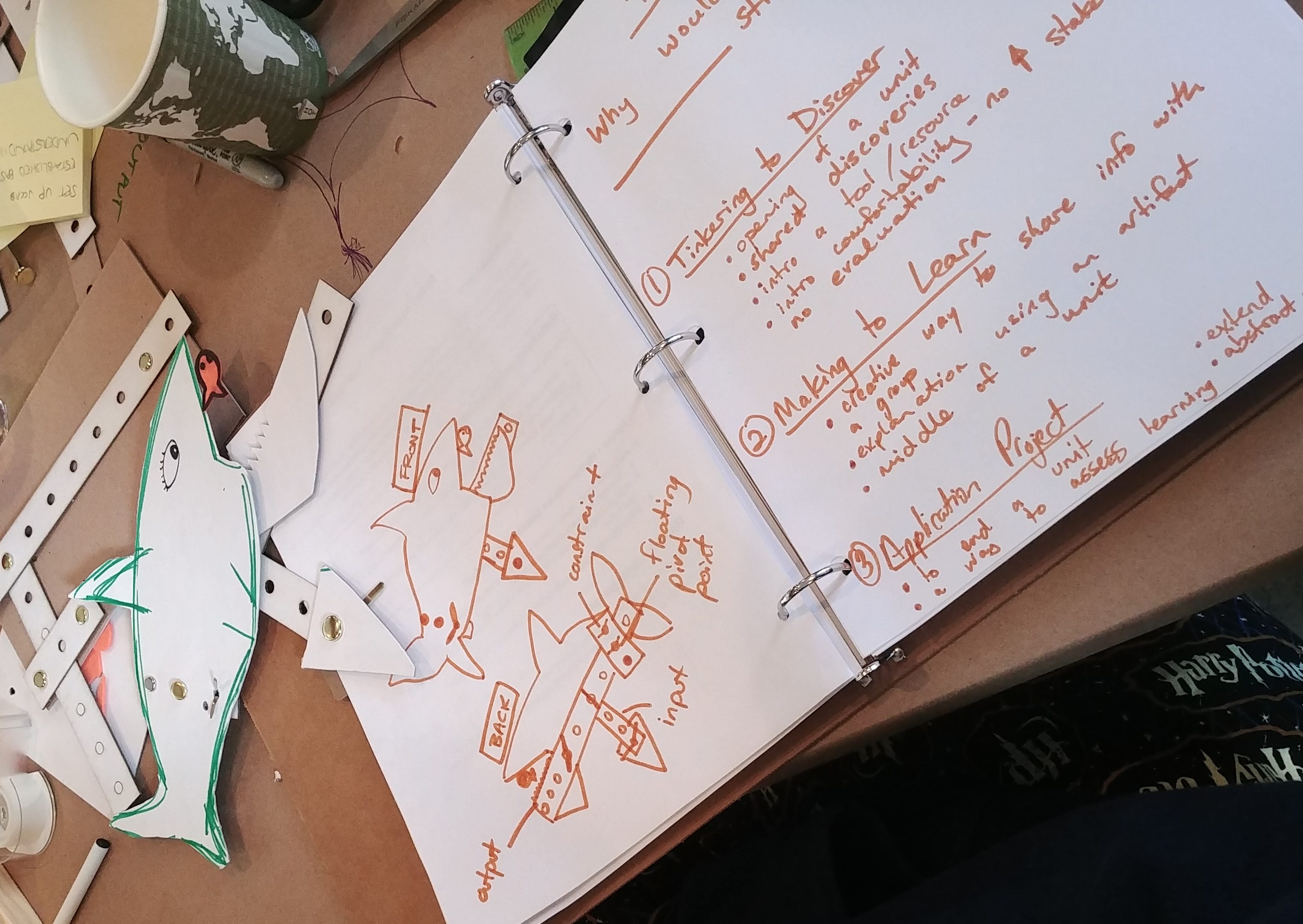
Meanwhile, participants in the Assessment strand observed their Curriculum strand colleagues participate in the linkages activity. They focused on how to capture signs of learning math content, the mindsets related to the Learning Dimensions of Making and Tinkering, as well as the skills they were building in the activity. They also discussed how assessment plays a role in each of the three approaches to curriculum integration.

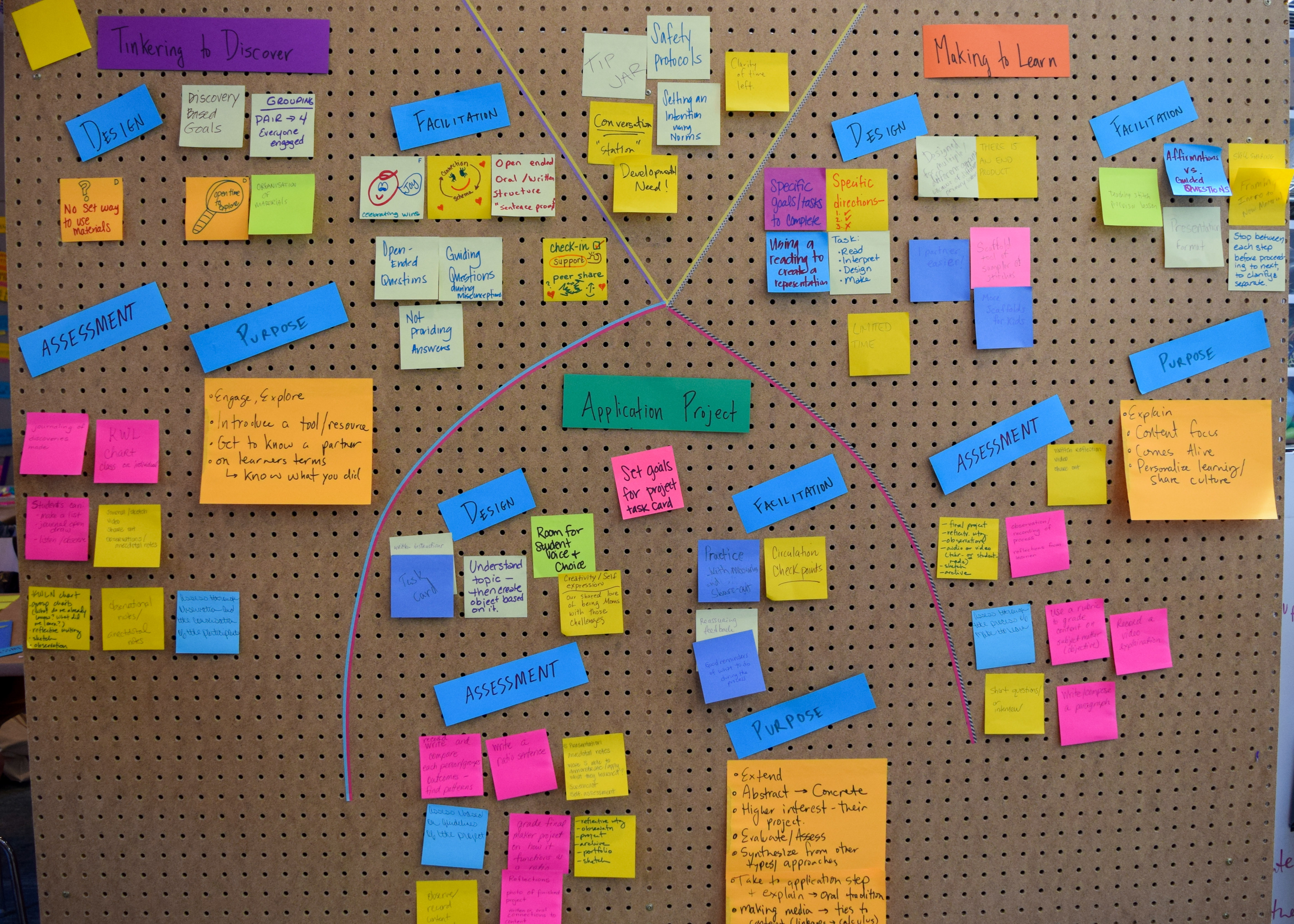
At the same time, participants in the Program Development strand continued their vision-building by crafting a cohesive vision for the next year of their program. They identified areas in which they want to grow or build their program and which stakeholders they will involve. They worked on ways they would measure their growth and how to establish metrics for the values and goals they identified.
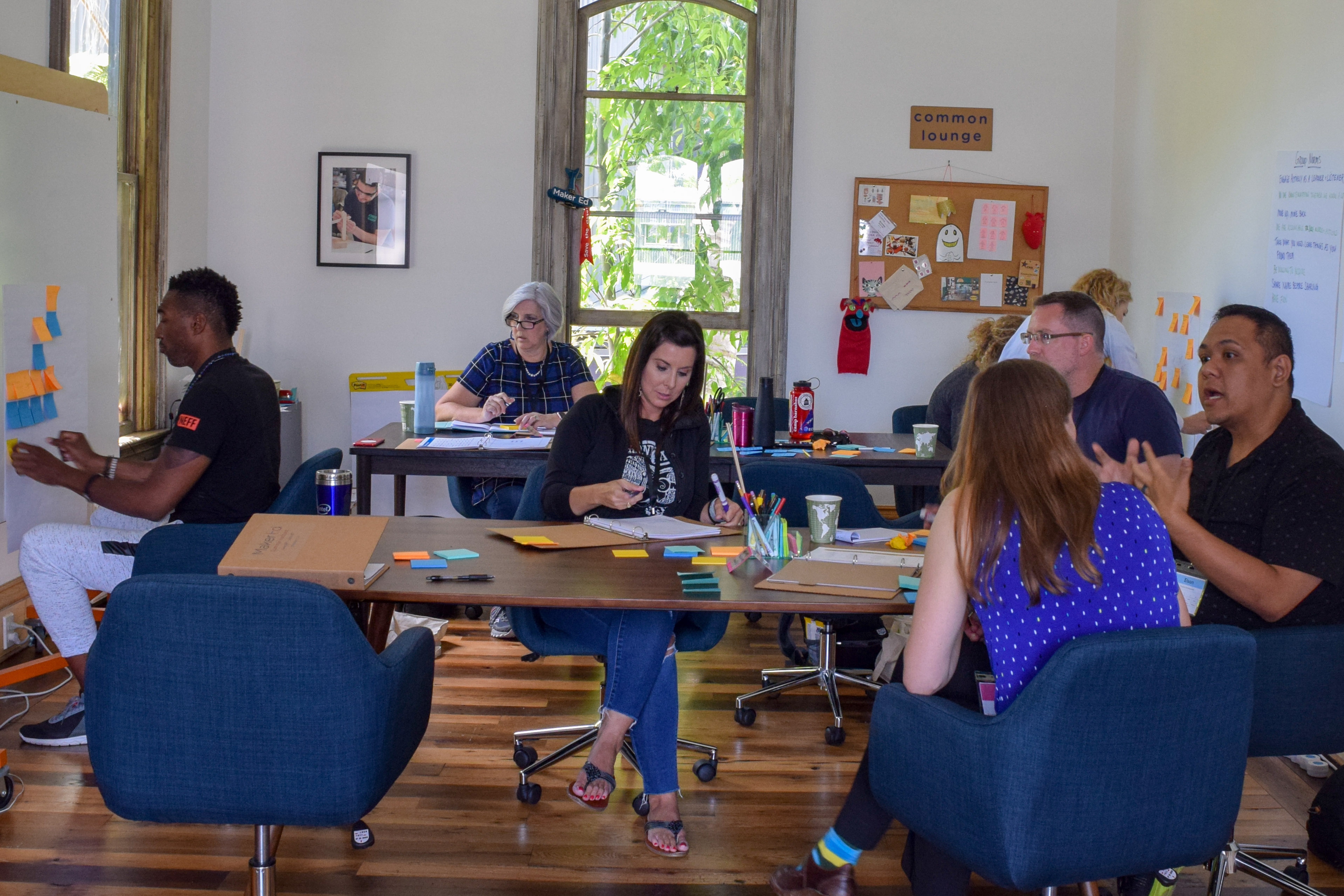
Participant voices were elevated in our first (of two) set of Ignite talks! We had three teams from different programs give a five minute, fast-paced talk which covered: how relationships, timing, and mindsets are key elements to developing educational partnerships; how to use the tenets of improv to build support, trust and confidence in learners; and the process of developing and sustaining a mobile makerspace at a community college. It was great to be able to provide an opportunity for participants to share their work, passion, and enthusiasm with all of us at the Institute.
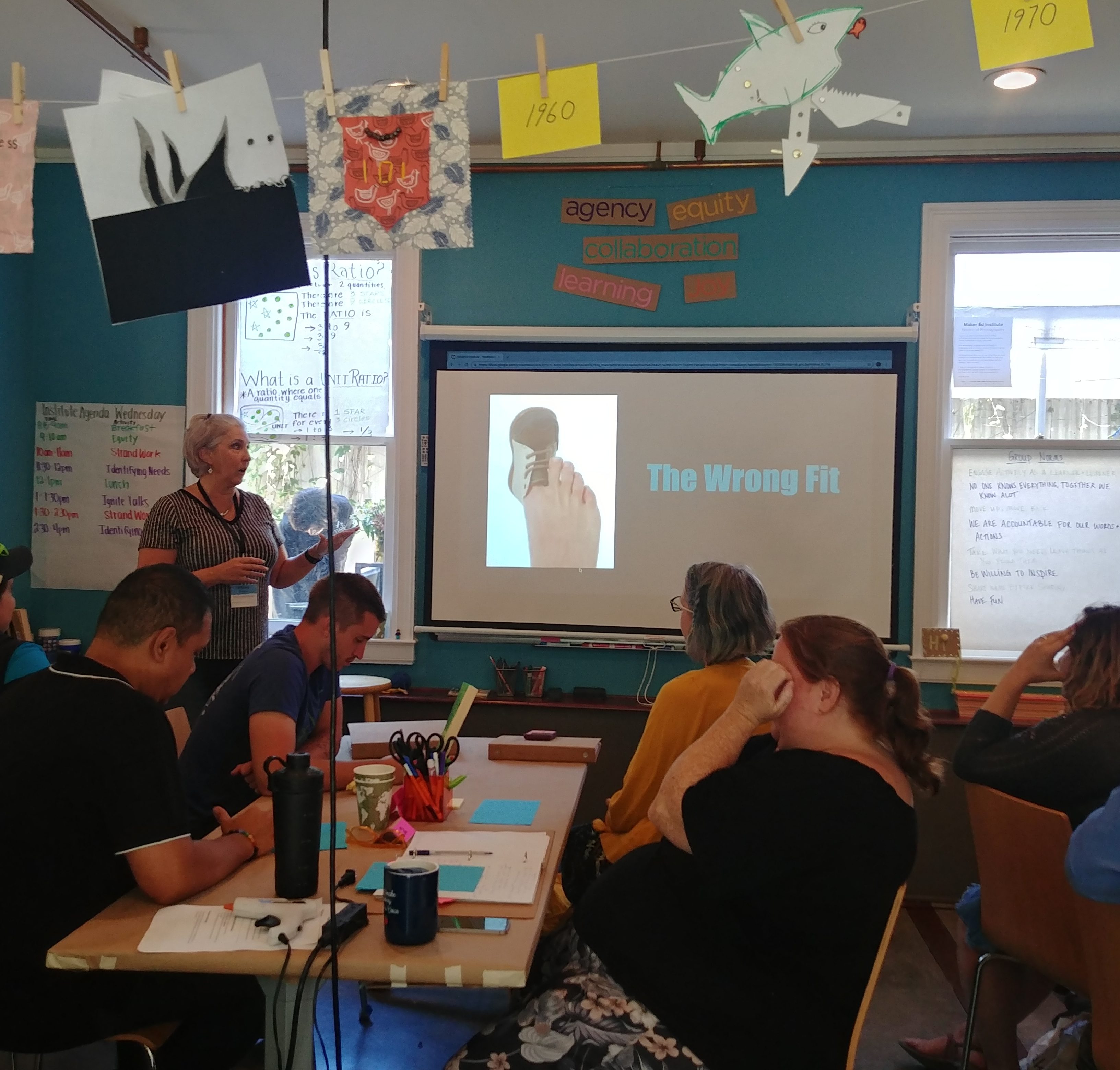
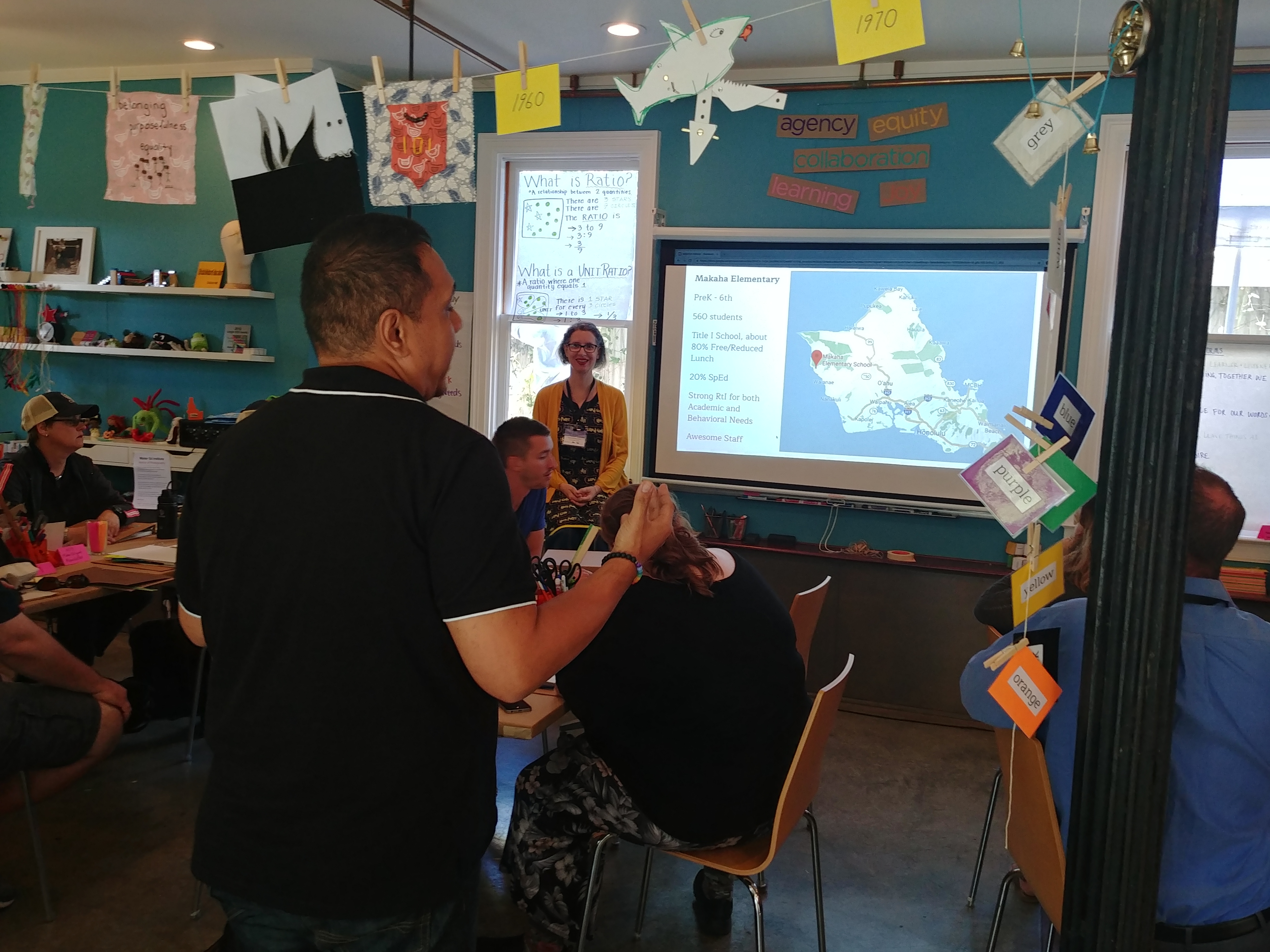
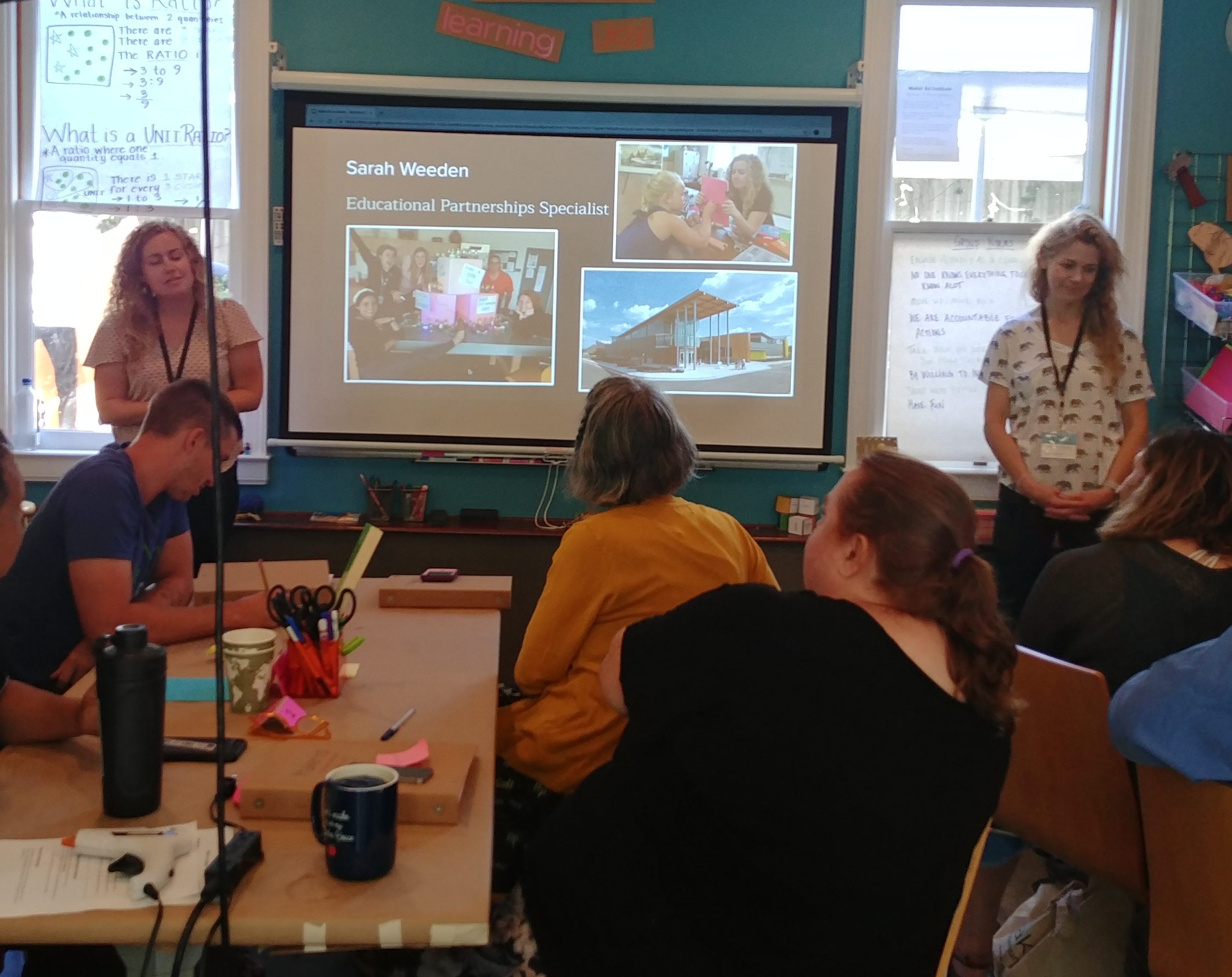
Lastly, after three intense days full of discussion, collaboration, and reflection around several areas — curriculum integration, program development, and assessment through the lens of equity and sustainability – participants focused on identifying any needs of their community that they would work on. These needs ranged in scale and scope: from creating making lesson plans integrated with specific content areas to developing strategic plans for developing a maker space to creating opportunities for engaging more students of color by showcasing more racially diverse examples of making. We spent the next two days collaborating in teams in order to create resources, tools, and solutions to those needs that directly fit the context and capacity of our participants.
Interested in learning more about what happened at our Summer Institute? Read our recaps from Day 1, Day 2, and Day 4.

Leave a Reply